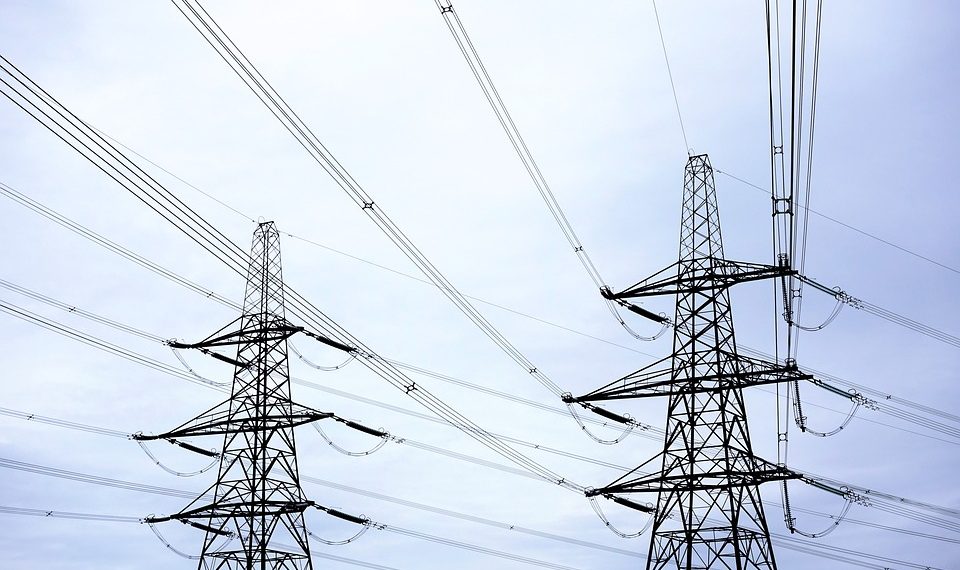Indeed, transmission lines are a necessary part of today’s electricity grids, which are used to move power from their source to distribution centers, homes, and businesses. Despite the advantages of transmission lines, there is mounting apprehension regarding their potential to destroy the environment.
One of the hot topics of these debates is the destruction that transmission lines cause to wildlife. Birds and bats can crash into these power lines, resulting in injuries or casualties. Besides, the migration paths of some animals may also be altered due to these high-voltage wires, disrupting their capability to find food and mate.
In addition, vegetation near transmission lines could be adversely affected as well. The construction of these power lines necessitates clearing vast lands, which can result in an indirect push towards the destruction of natural habitats for wildlife and the deprivation of natural environments. Furthermore, electrical fields emitted by these power cables can also disturb the growth and wellness of trees and plants nearby.
Nevertheless, it should be kept in mind that damage to the environment caused by transmission lines can also be limited with meticulous preparation, design, and maintenance. Strategic measures such as bird blockers or diverters should be implemented so that the chances of birds and bats hitting against them will be reduced; likewise, selecting pathways for transmission lines cautiously can prevent harm to sensitive habitats as well. Summing it up, transmission lines have their dark aspects regarding environmental degradation, but with proper management practices those damaging impacts may be minimized. As the world moves toward renewable sources of energy, we need to think about how the energy system might affect the environment and work together to make sure that it doesn’t hurt the environment.
Article Credit: Mtijan M. Kamara, CEM
Share your thoughts:

























